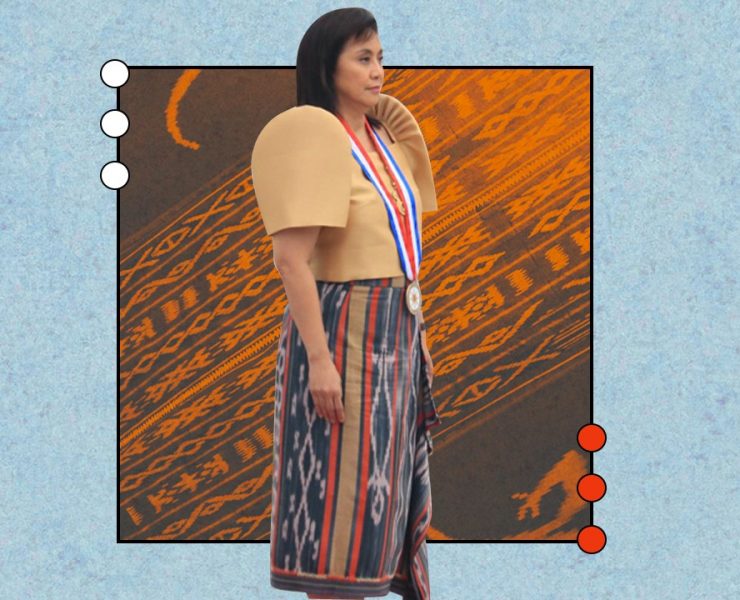Cultural appropriation is akin to a double-edged sword, cutting both ways in the vibrant tapestry of human expression. It is the amalgamation of traditions, styles, and customs from diverse cultures, often leading to a contentious dialogue about respect, ownership, and authenticity. In today’s globalized world, the phenomenon plays out in myriad ways, where the delicate dance between appreciation and exploitation becomes glaringly evident.
One of the most palpable modern examples lies in the realm of fashion. High-profile designers frequently draw inspiration from indigenous cultures, parading designs that either trivialize sacred symbols or strip them of their original significance. For instance, when major fashion houses integrate Native American feathered headdresses or traditional Maori tattoos into their collections, they often transform these cultural artifacts into mere aesthetic trends. This practice raises profound ethical questions: at what point does inspiration cross the threshold into appropriation? When does nodding to a culture become a theft of its richness, transforming sacred elements into commodities?
The music industry also serves as a fertile ground for appropriation. The appropriation of hip-hop, a genre born out of African American experiences, by predominantly white artists often leads to a paradoxical celebration of a culture bereft of its historical context. When these artists achieve commercial success, it prompts scrutiny over who reaps the benefits of cultural expressions. For instance, when a white artist adopts rap as a medium for their self-expression, there is a thin line separating inspiration from exploitation. Are they amplifying voices, or are they muting the very origins of the art form they utilize?
Diving into the culinary arts presents another captivating illustration. Fusion cuisine, where chefs blend elements from diverse culinary traditions, often seems harmless and, indeed, beautiful. However, the commodification of traditional dishes can lead to a dilution of cultural significance. Consider the appropriation of Mexican cuisine through the “Taco Bell” phenomenon. While fast-food chains may popularize the concept of tacos, they often strip them of their authenticity, replacing nuanced flavors with mass-produced ingredients. As culinary traditions morph into fast-food options, we witness cultural erasure, where the origins of a dish become obscured, and its significance is lost amid the quest for convenience.
Art is not immune to the complexities of appropriation either. Artists who borrow themes, motifs, or styles from cultures outside their own frequently find themselves in precarious territory. Take, for example, contemporary art that draws heavily on African aesthetics without acknowledging the cultural significance behind the forms. When works that reflect centuries of heritage and lived experience are adapted without context, it can feel like cultural voyeurism—a glance behind the curtain that is both fascinating and profoundly disrespectful. The ironic twist lies in commodifying the very objects of reverence that had, until recently, been marginalized.
Social media platforms further complicate these narratives, ushering in new variables and dynamics. The widespread adoption of specific hairstyles—such as dreadlocks or cornrows—by celebrities often ignites fervent debates. When these styles are sported by individuals who do not belong to the cultures from which they originate, it ignites accusations of cultural appropriation. This tension is exacerbated when the cultural appropriation of Black hairstyles by non-Black individuals is celebrated, often leading to instances where the original culture faces scorn or discrimination for the same styles. Here, the metaphor swiftly shifts to that of a gardener tending to a neglected flower; these styles flourish in alien soil while their original habitats remain undisturbed and unrecognized.
Moreover, language is often a subtle battleground for cultural appropriation. The appropriation of indigenous languages for commercial purposes or in marketing campaigns—think of brands co-opting words from languages as exotic elements in advertising—can displace these languages from their significance. Language serves as a vessel for culture. By taking words from marginalized languages and using them arbitrarily, we risk severing the connections that bind communities to their heritage. Such acts can render languages into mere trends, bereft of their meanings and histories.
In the realm of spirituality, the appropriation of sacred rituals and symbols has become increasingly pronounced. The practice of utilizing elements from indigenous spiritual traditions in yoga classes without understanding their context can dilute their meaning and significance. In yoga circles, it is not uncommon to see Indian god imagery co-opted for aesthetic purposes, often relegating these profound symbols to mere decorations. This misappropriation raises pertinent questions—are practitioners honoring or trivializing the spiritual significance behind these elements? Here we journey into the heart of respect versus exploitation, standing precariously at the crossroads of appreciation and insensitivity.
The ripple effect of these appropriations extends beyond individual cases. They contribute to larger social dynamics, perpetuating systems where voices of marginalized groups are overshadowed. In a world that thrives on diversity, it becomes imperative to forge connections rooted in respect and understanding. Recognizing the nuances of cultural heritage and the importance of authentic representation leads us toward healthier dialogues surrounding appreciation, activism, and the rightful celebration of cultural legacies.
In conclusion, cultural appropriation remains a critical point of contention in our modern society. It invites us to reflect on our roles as consumers, creators, and communicators in a globalized world filled with intertwined cultures. As we navigate this complex landscape, it is essential to foster respect, promote genuine appreciation for cultural expressions, and bear witness to the tales interwoven in the vibrant fabric of humanity. The call to action is clear: engage thoughtfully, honor origins, and strive for a balance where cultural exchange fuels understanding instead of exploitation.
